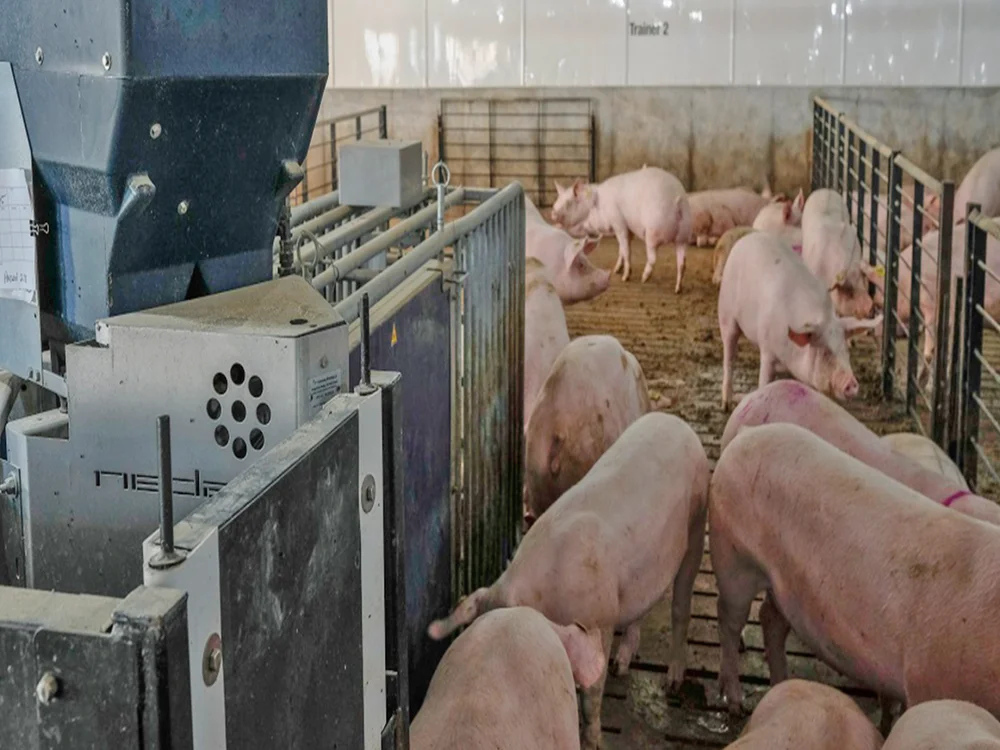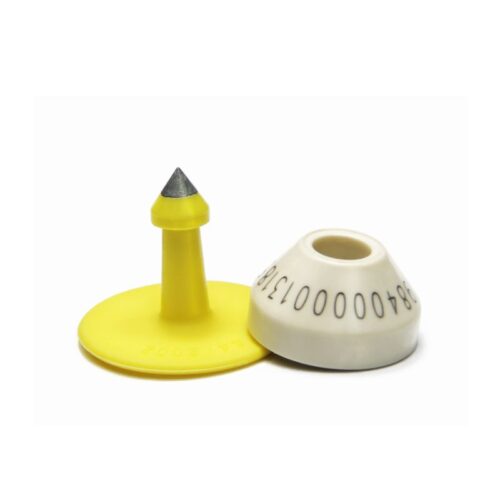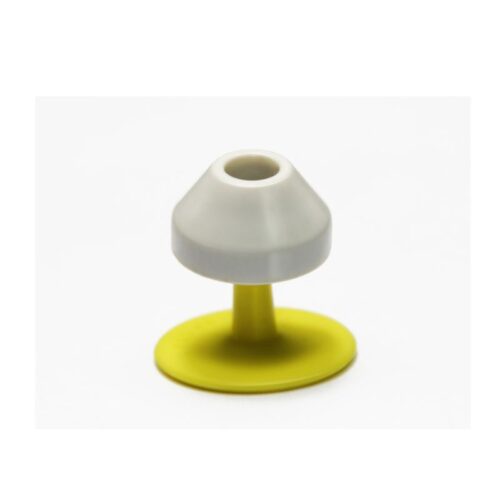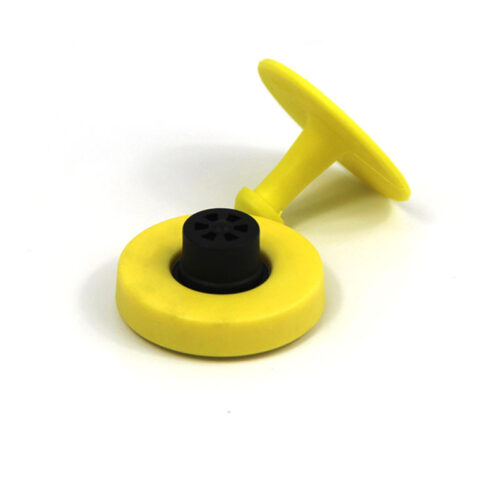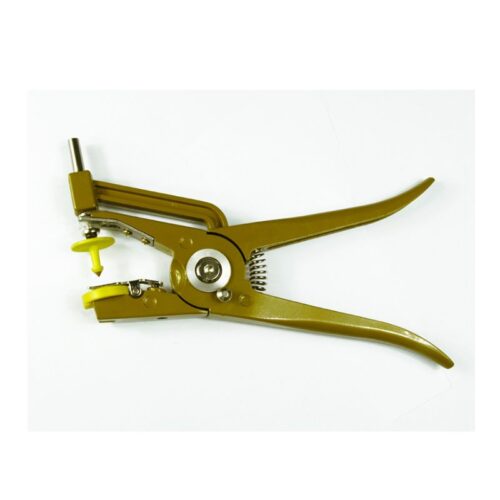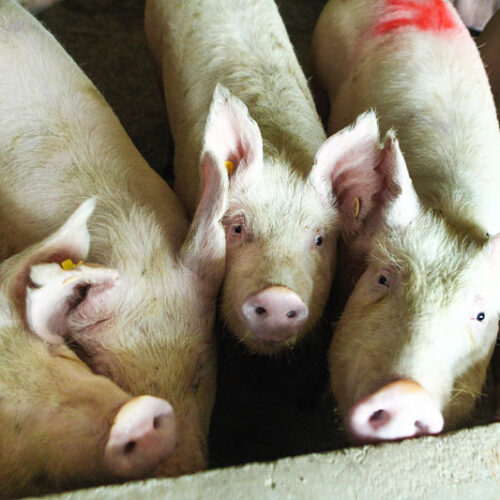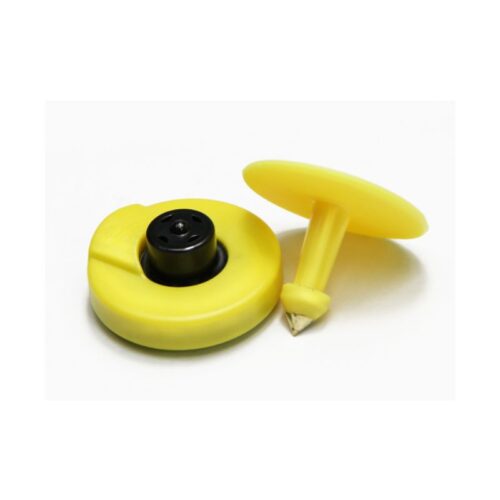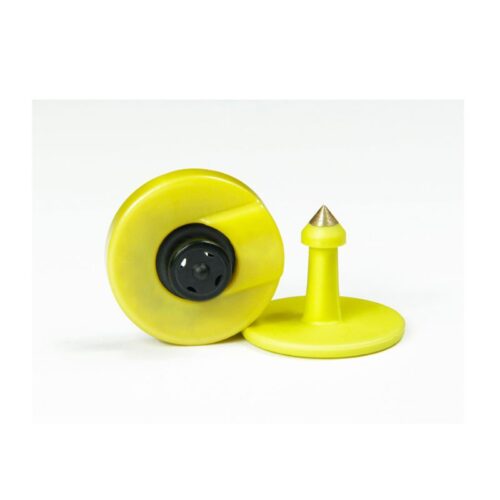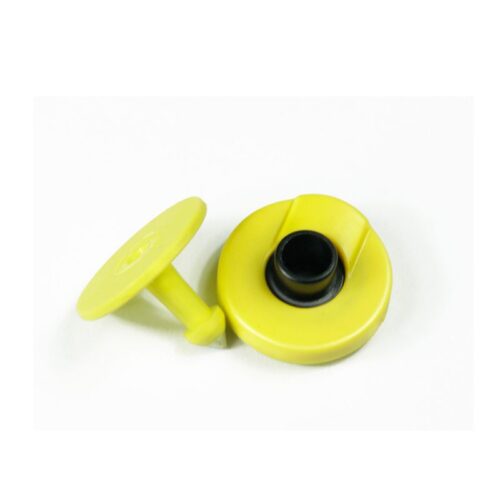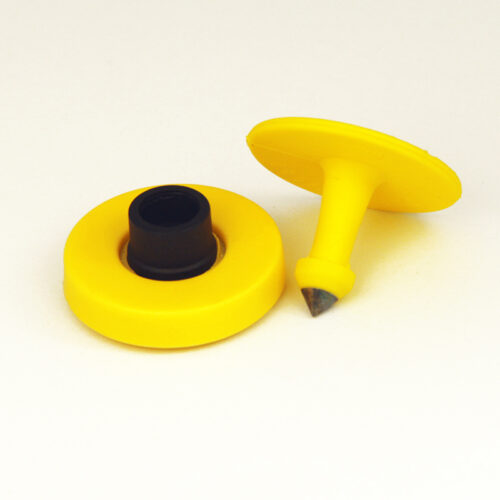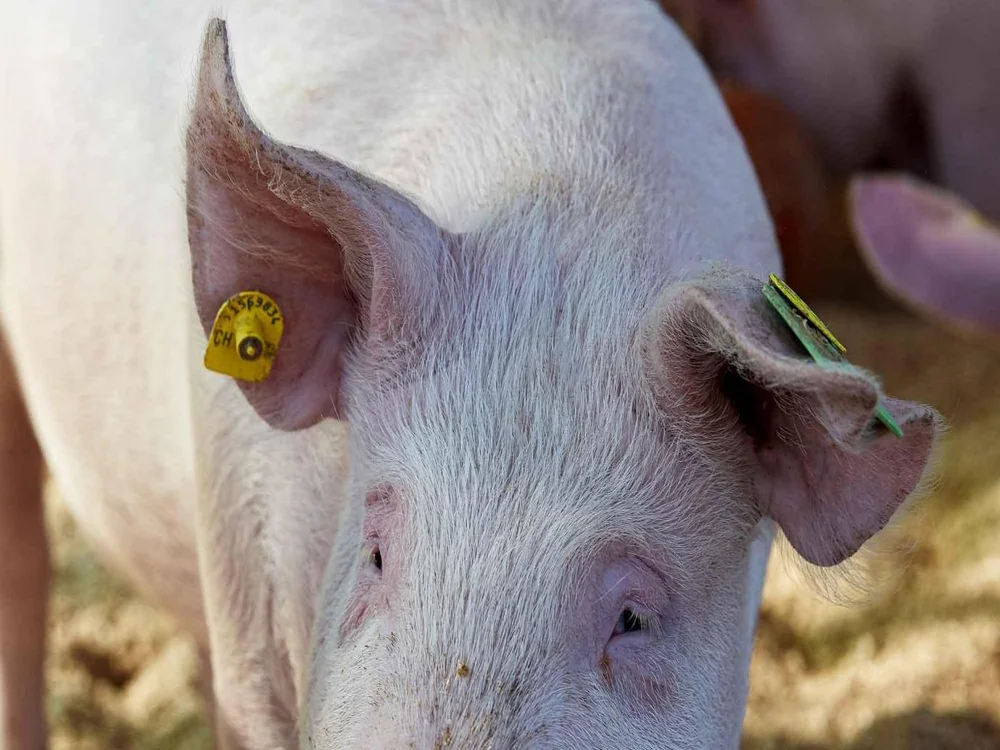RFID Ear Tags for Pig Management
RFID ear tags have become a crucial technology in the modern pig farms and pig breeding. The main goal is to enhance productivity, efficiency, and animal health outcomes. RFID ear tags allow for easier identification by assigning a unique ID to each pig. The tags help track them throughout their lifetime. Moreover, they provide real-time monitoring from birth to slaughter.
With advanced software systems, these RFID piglet tags can provide incredible data on key metrics. These metrics include feeding patterns, weight gain trends, activity levels, disease alerts, and more.
It allows farmers to streamline their workflows. Moreover, it enables early intervention during viral outbreaks and eliminates tedious paperwork. RFID ear tags make smarter, data-driven decisions to maximize profits throughout the year.Optimizing Pig Farm Management Using RFID Technology
RFID swine tags technologies provide immense optimizations for swine management. It works by enabling real-time tracking & identity preservation on functions. The technology works on every single hog that passes through the farm.
Streamlined Operational Workflows
Before, people had to check tags on pigs by hand, which was slow. Sometimes, they made mistakes in reading tags. Then the pigs got mixed up. But now there are RFID tags. This work doesn’t require people.
There is an RFID reader at the gates. When pigs walk through, their RFID tags send signals. The system reads the signals and sends the pigs to the right pens by size or age.
People do not need to watch closely. The new RFID system works by itself. It sends each pig to the pen it should go to based on its tag. The pigs are rarely mixed up now.
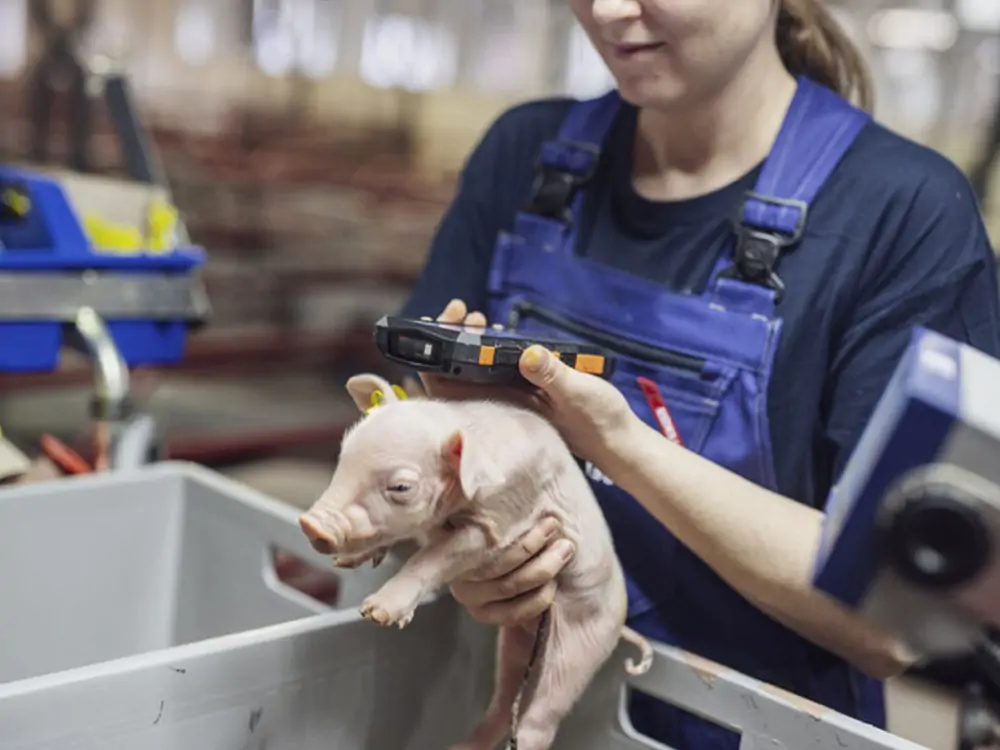
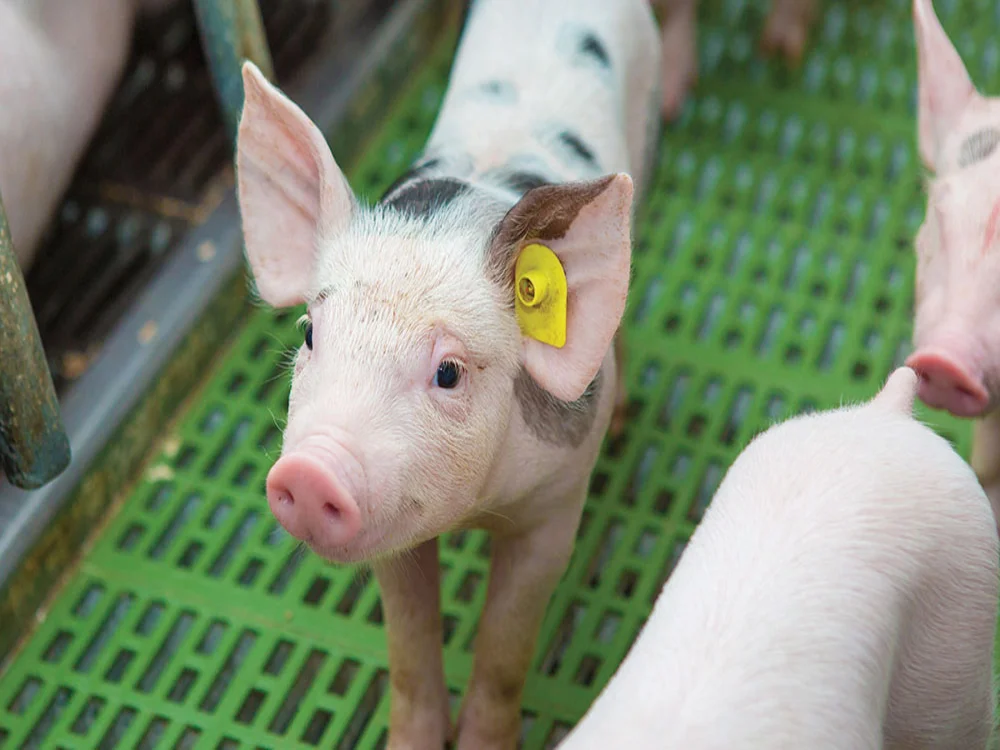
Enhanced Real-Time Inventory Monitoring
RFID infrastructures also deliver updated inventory counts that are tracked during various key events:
- The initial piglet tagging & processing routines conducted after farrowing periods
- Load-outs of market-ready finishing pigs being transported to external slaughterhouses
- Inbound/outbound documentation for any purchases, sales, or transfers between separate farm sites
Before, farmers had to manually count all their pigs. That wasted much time. Now, RFID tags automatically track each pig. The system shows the total number of pigs instantly.
It also shows how full the farm is. Farmers know if they have space for more pigs or need to move some pigs for sale. Therefore, RFID tags save farmers the work of counting pigs. Instead, the system does this automatically and shows numbers in real time. This helps in better management of the farm.
Strengthened Biosecurity & Quarantine Protocols
When a disease spreads in a pig herd, it is important to quickly identify the first sick pigs. It helps stop more from getting sick.
The new RFID ear tags show where each pig has been. If a pig gets sick, we can check where it’s been. Other pigs that met the sick one also need separation.
Workers can then quickly clean up where the sick pig has been. The rest of the farm can remain open. The radio tags only allow some areas to be closed.
So the new ear tags help prevent disease. They allow us to act quickly when sickness begins to spread among pigs. We can keep most pigs healthy.
